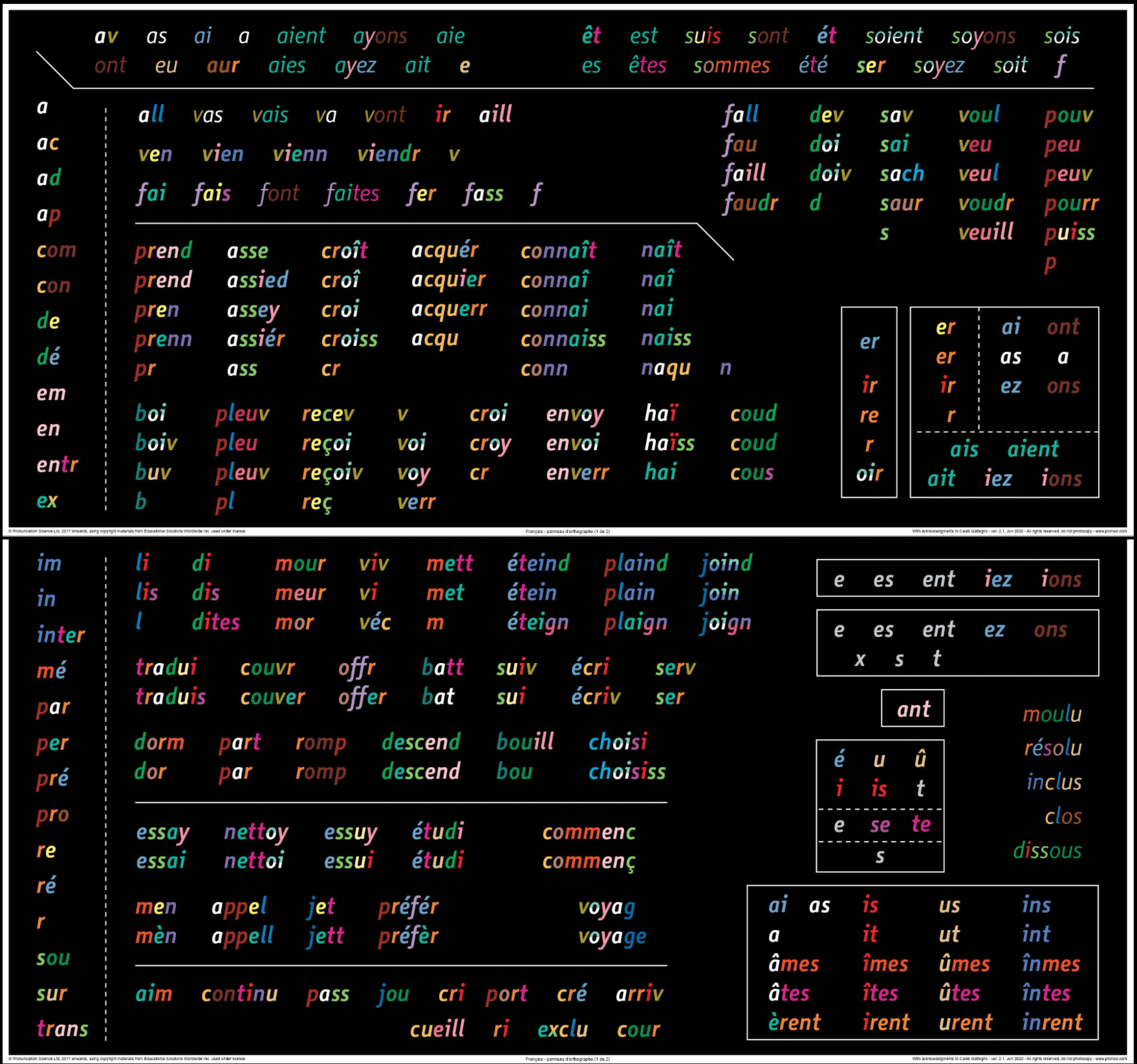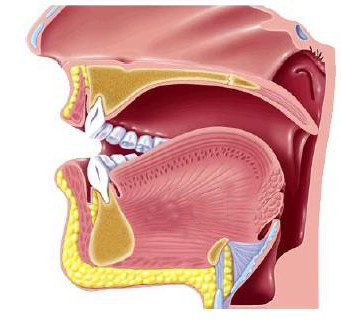The Silent Way approach to language teaching is a method that emphasizes the active participation of students in the learning process. This method is often praised for its effectiveness, and it has been shown to be backed by science through its connection with the four pillars of learning established by neuroscientist Stanislas Dehaene. In this article, we will explore how the Silent Way approach aligns with Dehaene’s pillars and how this can benefit students.

Who is Stanislas Dehaene?
Stanislas Dehaene is a leading figure in the field of cognitive neuroscience and psychology. His extensive research and groundbreaking findings have shed light on the intricate workings of the human brain during the learning process. Dehaene’s contributions have garnered him international acclaim and established him as a trusted authority in the realm of learning and cognition.
Understanding Dehaene’s Theory of the Learning Process:
Dehaene’s theory of the learning process revolves around the remarkable capabilities of our brain and its adaptive nature. He posits that learning is not a passive endeavor but an active, dynamic process that engages various cognitive mechanisms. According to Dehaene, the human brain possesses an innate predisposition for learning, constantly adapting and rewiring itself based on experiences and stimuli.
The Four Pillars of Learning:
To provide a comprehensive framework for understanding effective learning strategies, Dehaene highlights four pillars that serve as guiding principles. These pillars encapsulate the fundamental aspects of the learning process and form the basis for optimizing learning outcomes. Let’s delve into each pillar to grasp its significance:
Pillar 1: Attention
The first pillar of learning is attention. This is the ability to focus on a particular task or activity. In the Silent Way approach, attention is key, as it emphasizes the active participation of students. Through the use of visual aids and physical objects, students are encouraged to pay attention and actively engage with the learning material. By doing so, they are more likely to retain the information and develop a deeper understanding of the language being taught.
Pillar 2: Active Engagement
The second pillar of learning is active engagement. This is the idea that students should be actively involved in the learning process. In the Silent Way approach, students are encouraged to take an active role in their own learning. They are given the opportunity to experiment with the language and discover the rules for themselves. This approach allows for a deeper understanding of the language being taught, as students are not simply memorizing information, but actively engaging with it.
Pillar 3: Feedback
The third pillar of learning is feedback. This is the idea that students should receive feedback on their progress. In the Silent Way approach, feedback is an essential component. Teachers provide immediate feedback to students, allowing them to correct their mistakes and learn from them. This feedback is crucial for the learning process, as it allows students to identify their strengths and weaknesses and work on improving their language skills.
Pillar 4: Consolidation
The fourth and final pillar of learning is consolidation. This is the idea that learning is a gradual process and that new information needs to be consolidated over time. In the Silent Way approach, consolidation is achieved through repetition and practice. Students are encouraged to use the language in real-life situations, which reinforces their understanding and helps them to consolidate what they have learned.
Conclusion
The Silent Way approach to language teaching is a method that has been shown to be backed by science through its connection with Dehaene’s four pillars of learning. By emphasizing attention, active engagement, feedback, and consolidation, the Silent Way approach allows students to take an active role in their own learning and develop a deeper understanding of the language being taught. So, if you’re a student looking to learn a new language, consider the Silent Way approach and experience the benefits for yourself!





Leave a Reply